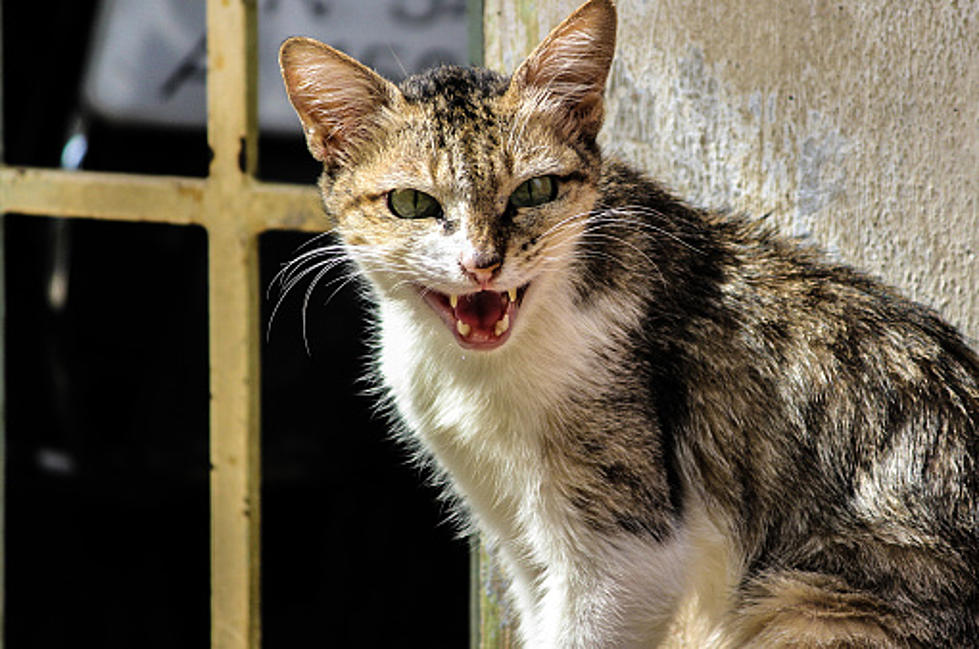
Chicago Is Putting Feral Cats To Work On Rat Problems
When your city is named "The Rattiest City In America" for the umpteenth consecutive time, you might start to look for creative solutions to your rodent problems.
That's exactly what the City of Chicago is doing. Thinking outside the litter box. Ahem.
There has been no shortage of suggestions on ways to get Chicago's top billing removed from the Orkin list of the country's most rat-infested cities, including putting a bounty on rats. That's right, a bounty. I'm figuring that idea got cancelled because if you put a bounty on something, people are going to start showing up with boxes, bags, or handfuls of dead rats.
There are enough two-legged rats wandering around Chicago's City Hall, so no one there probably wants a pile of dead four-legged ones.
The brainchild of Treehouse Humane Society, the Cats At Work Program, feral (or, as the Treehouse Humane Society calls them, Community Cats) cats "are placed two or three at a time into residential or commercial settings in order to provide environmentally friendly rodent control. Property and business owners provide food, water, shelter, and wellness to the cats."
In other words, it's a "green" way to kill rats.
“We’ve had a lot of our clients tell us that before they had cats, they would step outside their house and rats would actually run across their feet,” Sarah Liss of Tree House said.
Liss said the cats generally do not eat a lot of rats, although the cats will kill some rats in the beginning when they arrive in a new location.
After they get acquainted to the space though, much less effort is required on the cat’s behalf.
We'll have to wait and see if this method of lowering Chicago's rat population actually works, but I've got to tell you that an article at WildLife.org doesn't really fill me with optimism. After placing 3 cats near a rat colony in New York City, they found that the cats only killed three rats over the course of 80 days. The WildLife.org piece goes on to point out that while the feral (or community) rats didn't really want to go for many rats, they sure did a number on native species:
We have to realize that cats had almost no impact on the population of the rats. Meanwhile, feral cats can kill native species, resulting in a less healthy ecosystem. Cats typically prefer smaller meals of defenseless prey when available, which includes species like neotropical birds and lizards, which are important seed dispersers and insectivores.
LOOK: Stunning animal photos from around the world
More From 97 ZOK








![[UPDATE] 5 Chain Restaurants We Want to Come to Rockford](http://townsquare.media/site/721/files/2024/04/attachment-FI-Chain-Restaurant-Wishlist-2.jpg?w=980&q=75)
